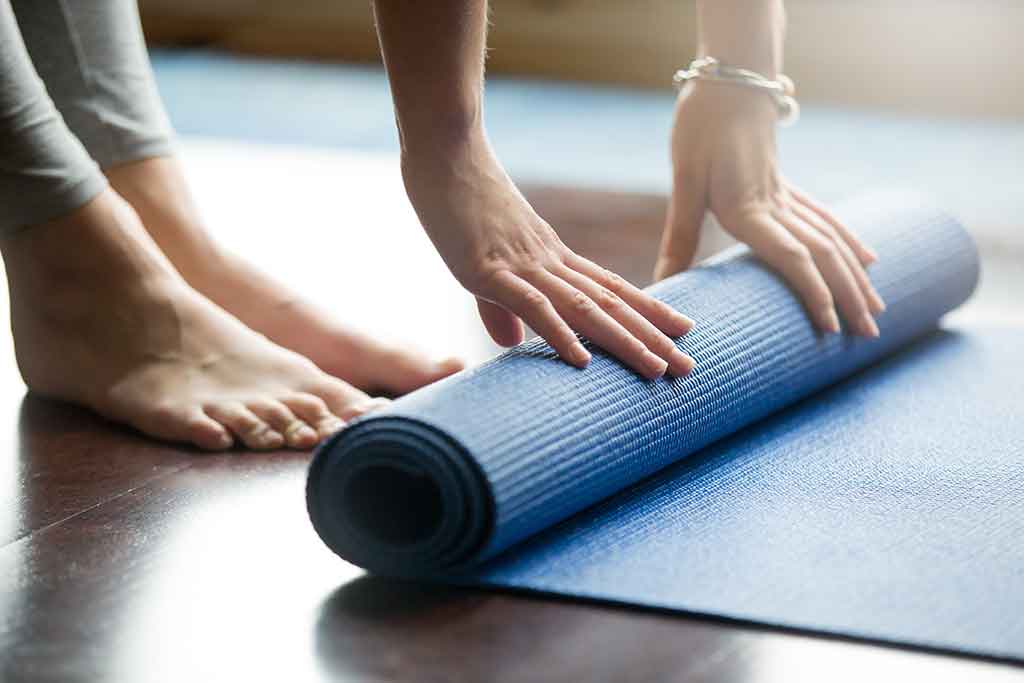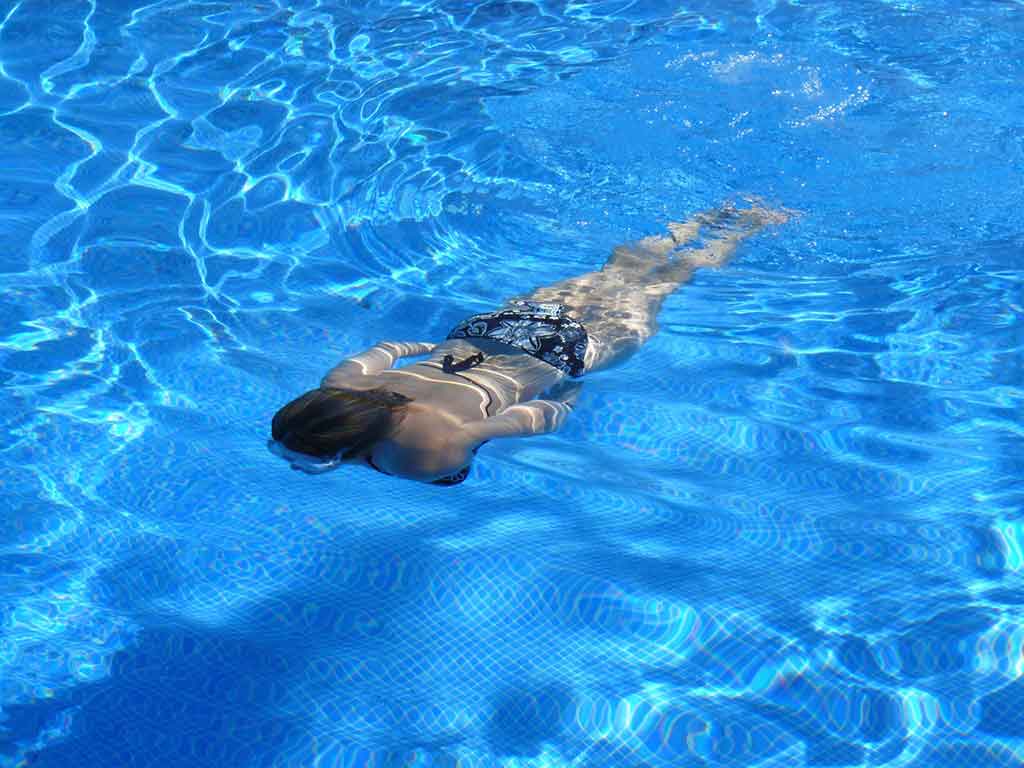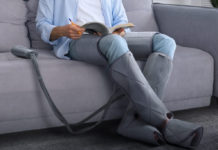When dealing with ongoing physical stressors, like the relentless symptoms of neuropathy, your body reacts in a way that affects your overall well-being. Using relaxation techniques can go a surprisingly long way towards neuropathy symptoms relief.
How does your body react when you get stressed by life and your physical condition?
- Increased heart rate and blood pressure
- Anxiousness
- Frustration
- Increased pain
- Muscle tightness
- Feeling overwhelmed
- Difficulty sleeping
- Poor thinking and focus
- Depression
Many people think of relaxing as simply getting away from life’s demands. But did you know that when you truly relax, you change your physical and emotional reactions to stress, which goes on to improve how you feel overall — both emotionally and physically?
Let’s look at what happens when you encounter stress of any kind, including stress from symptoms of neuropathy, and what you can do to find relief.
What Happens When You Are Stressed?
When you have physical or emotional symptoms, your body naturally wants to reduce the discomfort and make you feel better. So it quickly moves into a sympathetic nervous system mode, called “fight-or-flight.”
Here it starts making reactionary decisions.
Should I “Fight”?
Fighting may be real fighting, like arguing or kicking. Or it could be less obvious, such as being rude or picking a fight for no apparent reason. Fighting may not even be related to the stressor. For example, you may yell at your spouse for not making dinner, but you’re actually stressed about your pain or about work. But you can’t yell at those.
Should I “Flight”?
Taking flight may mean walking out on an argument or quitting a job or activity. It could also be avoidance. For example, some people sleep more than needed or distract themselves with social media and internet browsing.
How To Get Relief From Symptoms With Relaxation
The best way to help yourself get relief from the physical and emotional symptoms of stress is to avoid the sympathetic nervous system’s “fight-or-flight” response.
When you are relaxed, you are in the parasympathetic nervous system “relaxation” response. In this state, the:
- Brain releases endorphins, your “feel good” chemicals
- Less pain is perceived
- Emotions improve
- Sleeping improves
- Thinking is more clear
- Heart rate slows, leading to less work for the heart
- Blood pressure lowers
- Muscles relax
- Blood flow improves
Begin to practice daily the following strategies to use when you feel your body moving out of the parasympathetic “relaxation” response and into the sympathetic “fight-or-flight” response.
Deep Breathing

Most people do not breathe deeply. In particular, they don’t breathe in a way that triggers a relaxation response in the body. This is especially true when people are emotionally or physically stressed.
Deep “belly” breathing stimulates the vagus nerve, the longest nerve in your body that runs from the base of your brain down through your abdomen. It connects your brain to your body’s major organs and digestion. When the vagus nerve is stimulated through deep breathing, it calms the sympathetic nervous system’s “fight-or-flight” response (1).
Here is how to trigger the relaxation response through breathing.
- Breathe in slowly through your nose until you feel comfortably “full.” Count, perhaps to four or six. Think about breathing from your abdomen (your “belly”), so it visually expands as you take in air. Keep your shoulders down and chest still.
- Hold your breath for the same four to six counts or so.
- Then slowly exhale out through your mouth. Imagine blowing hard enough to make the flame flicker, but not blow the flame out. Take your time, exhaling soothingly and slowly for eight or so counts.
Spend as much time as you can repeating this breathing exercise, working to increase the length of time inhaling, holding, and exhaling.
Repeat this often throughout the day.
Guided Imagery
The mind and body react the same to imagined images as they do to real images (2). Guided imagery uses all of your senses to help you imagine enjoyable moments or scenes to bring about relaxation, shifting your body to the parasympathetic response. These can be experiences you have had in the past, or that you wish to have.
Here is how to trigger the relaxation response by using all of your senses to imagine a relaxing place, somewhere you know would calm you.
- Start with deep relaxed breathing.
- Use your senses to picture every detail about this place. Make it vivid in your mind by answering each of these questions: What do you see, what do you hear, what do you smell in the air, what do you feel?
- Think about what you would do there to relax.
Enjoy your imagination, let it take you away.
Muscle Relaxation
People often don’t feel muscle tension until it causes pain. Routinely practicing progressive muscle relaxation helps to avoid pain, or to calm it down once it has flared.
This relaxation skill teaches you to notice when muscles are tense and to release the tension whenever needed. With practice, you will be able to notice muscle tension and mitigate it more quickly.
Here is how to trigger the relaxation response through focused muscle relaxation. While practicing muscle relaxation, focus on slow deep breathing to help reduce tension.
- Lay flat and begin at your head or toes.
- Tighten all of your muscles in one group at a time. Hold the muscles tight for several seconds and notice how the muscles feel. Then relax the muscle group and notice how the muscles feel.
- Start at one end, tightening and relaxing these groups one at a time.
- Neck & shoulders: lift your shoulders toward your ears and tighten your neck
- Chest, stomach & back: hold your breath and try to pull your belly button down to your spine
- Arms & hands: make fists and tighten every muscle in your arms
- Thighs & calves: tighten the muscles behind your lower legs and upper legs
- Feet: curl your toes downward as if trying to grip something
Be sure to completely relax each muscle group before moving on to the next. You may find saying the word “relax” upon exhaling to be helpful.
In Brief
Using relaxation techniques daily is the key to feeling better, both emotionally and physically. You may not feel neuropathy symptoms relief immediately and need to practice until you find what works best for you. But once you do, stick with it.
8 of the Best Neuropathy-Friendly Exercises

Did you know that exercise is one of the best defenses against nerve damage and to promote healing? It’s…
Can Exercise Reverse Neuropathy?

While painful symptoms of peripheral neuropathy might make it seem like exercise is not a good idea, this couldn’t…
3 Best Essential Oils for Soothing Nerve Pain

Peripheral neuropathy comes with a number of different symptoms, each one seemingly more troublesome than the last. A little…
Complete Guide to CBD for Neuropathy

CBD seems to be in everything these days — oils, lotions, drinks, gummies, sprays, supplements, even puppy tinctures and…











